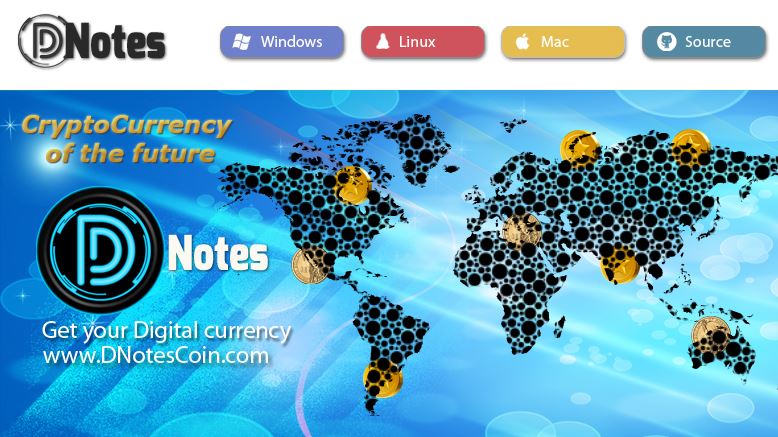|
The world is witnessing a technological revolution that goes beyond the boundaries of our planet. The concept of the Internet of Things (IoT) has expanded its reach to outer space, giving birth to a new frontier known as the Internet of Space Things (IoST). IoST refers to the interconnection and communication between various smart devices deployed in space, enabling seamless data exchange and enhanced functionality. Space agencies and private companies alike are actively participating in this transformational journey by launching an array of satellite constellations, space probes, and other intelligent devices into the cosmos. These space-based assets form the backbone of IoST, facilitating a wide range of applications and services. One of the primary objectives of IoST is to enhance space exploration and scientific research. Smart satellites equipped with advanced sensors and communication systems enable real-time monitoring of celestial bodies, gathering valuable data about distant planets, stars, and galaxies. This wealth of information fosters a deeper understanding of the universe and contributes to breakthrough discoveries. Moreover, IoST plays a vital role in improving communication capabilities in space missions. Traditionally, astronauts relied on ground-based communication networks for transmitting data to and from space. However, with IoST, spacecraft and astronauts can directly communicate with each other, reducing latency and enhancing mission efficiency. This direct connectivity also enables remote control of space assets, allowing for more flexible and responsive operations. Furthermore, IoST opens up possibilities for commercial ventures and entrepreneurship in space. With a network of interconnected space devices, entrepreneurs can develop innovative applications and services tailored for space-based activities. From space tourism to satellite servicing, IoST creates new economic opportunities and drives the growth of the space industry. However, the implementation of IoST comes with several challenges. The vast distances involved in space communication pose significant latency issues. Additionally, ensuring the security and resilience of space-based networks is crucial, as any disruption in communication can have severe consequences. To tackle these challenges, advancements in satellite technology and communication protocols are being made. High-capacity, low-latency communication systems are being developed, enabling faster and more efficient data transmission. Additionally, robust encryption techniques and stringent cybersecurity measures are being implemented to safeguard IoST infrastructure from potential threats. In conclusion, the Internet of Space Things represents an exciting evolution in the realm of technology. By interconnecting smart devices in space, IoST revolutionizes space exploration, enhances communication capabilities, and unlocks new economic opportunities. While challenges exist, ongoing advancements in technology are paving the way for a future where connectivity extends far beyond the boundaries of Earth, expanding our understanding of the universe and transforming the way we explore and interact with space.  |
